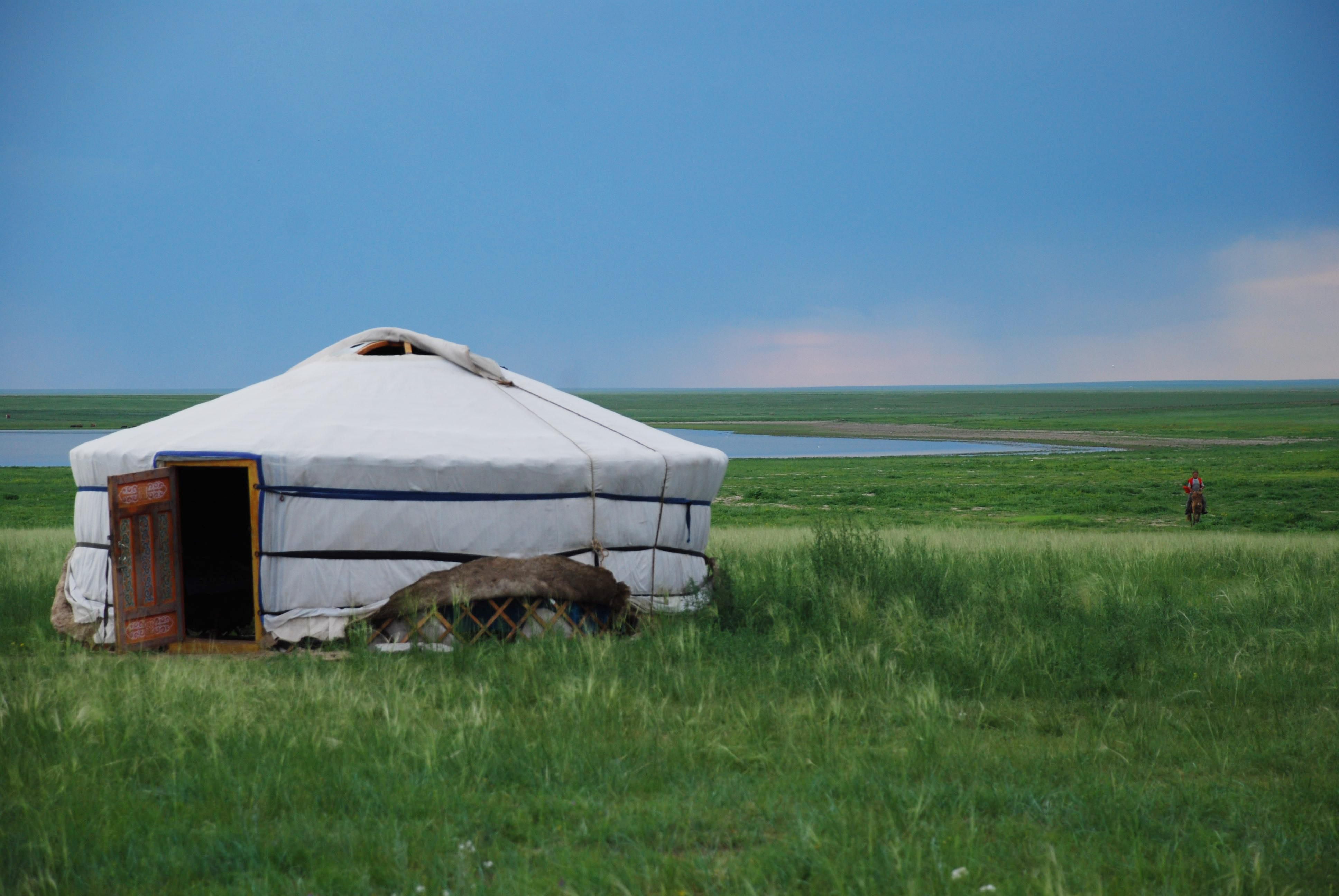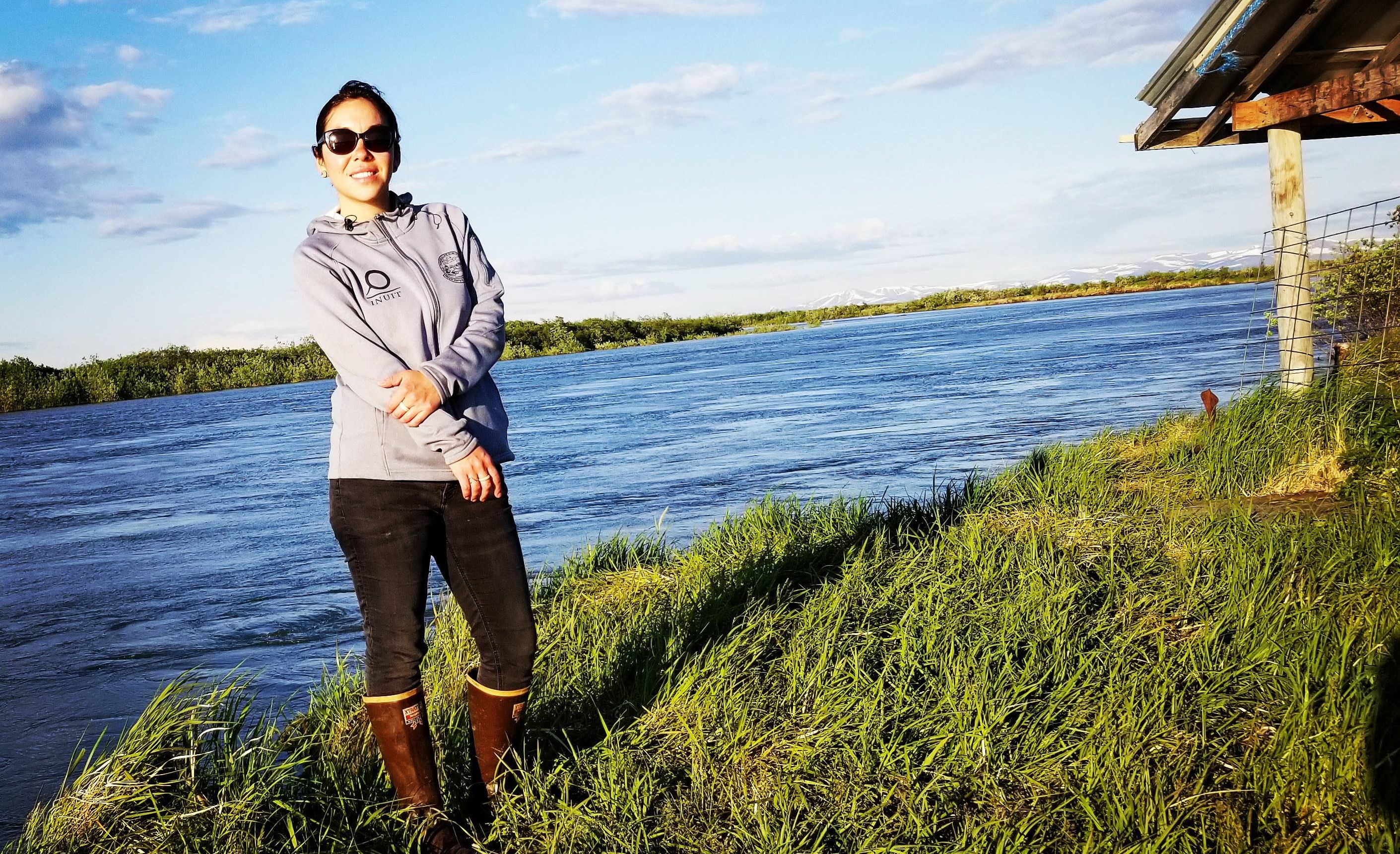Altansukh Purevdagva, her husband and three children are among Mongolia’s 200,000 nomadic families, which represent about a quarter of the country’s population. They earn their living by herding sheep, goats, yaks and other livestock on the expansive grasslands where gazelle, argali sheep and snow leopards roam. For countless generations, people and wildlife have lived here in harmony, but their futures are increasingly uncertain as the effects of climate change, mining and overgrazing take hold.
These are big problems, in a big place. Yet Altansukh sits undaunted atop her horse, dressed in a beautiful deel—a traditional coat—lined with sheepskin.

Altansukh is a respected member of the management board of the Zuun Nuruu Community-Based Organization (CBO) in eastern Mongolia. To form a CBO, a group of families agree to collectively care for their shared land. They develop agreements to limit livestock numbers to reduce overgrazing. They hold regular meetings and elect members to serve in leadership roles, and they work together to enforce grazing guidelines.
“This was surprising for me to know that my neighbor herders have such trust in me and proposed my candidacy to become a member of the CBO Management Board,” says Altansukh. “More trust is more responsibility, so besides being a mom and a good wife, I am now responsible for the well-being of my CBO members.”
Quote: Altansukh Purevdagva
More trust is more responsibility, so besides being a mom and a good wife, I am now responsible for the well-being of my CBO members.
The need for new land management approaches arose in the 1990s, when Mongolia’s economic and social structures began to shift during its transition from single-party rule to a more democratic government. State herding collectives were dismantled and replaced by privatized livestock ownership. This led to a dramatic increase in the country’s livestock population, which jumped from 26 million in 1990 to 70.9 million in 2019. “Some herders are keeping too many animals, and the increase in global demand for cashmere has led to unhealthy herd structure,” says Javkhlan Ariunbaatar, a lifelong resident of Mongolia who is TNC’s leader for community conservation in the country. “Cashmere goats are particularly destructive to delicate grasses. Instead of biting off grass, they rip it up from the roots.”
“Herders must have a voice in decision-making about their traditional lands, yet as many as 80 percent of herding communities lack formal rights to their pastures,” says Javkhlan. “When we are invited into a community, we explain the paperwork, assist with formal management plans based on their cultural knowledge, and offer trainings about legal and financial issues.” Since CBOs became a formal construct in 2012, TNC has helped establish 52, representing 1,039 herding families. According to Javkhlan, efforts are on track to increase the number to 1,500 herder households that will improve the management of nearly 2.5 million acres of connected grasslands by 2022.
Quote: Javkhlan Ariunbaatar

When we are invited into a community, we explain the paperwork, assist with formal management plans based on their cultural knowledge, and offer trainings about legal and financial issues.
TNC is also supporting a variety of efforts to enable herders to earn income from other sources, including tourism, cheesemaking, animal skin processing and selling artisanal wool and felt products.
As for
Altansukh, she was also chosen by her neighbors to serve as the CBO
community moderator. This means she is responsible for sharing knowledge
and initiatives with the 13 households in the group, which manage over
44,000 acres of land. Unfazed by the amount of ground she’d have to
cover, she recently set out to visit everyone who wasn’t able to attend
the latest training. “I couldn’t think of my CBO members missing out on
training, but there were snowstorms and snowbanks everywhere,” she says.
“My strong horse was the only reliable means of transportation for me,
and I simply rode it. I wasn’t cold at all. On the contrary, I felt
warm.”




